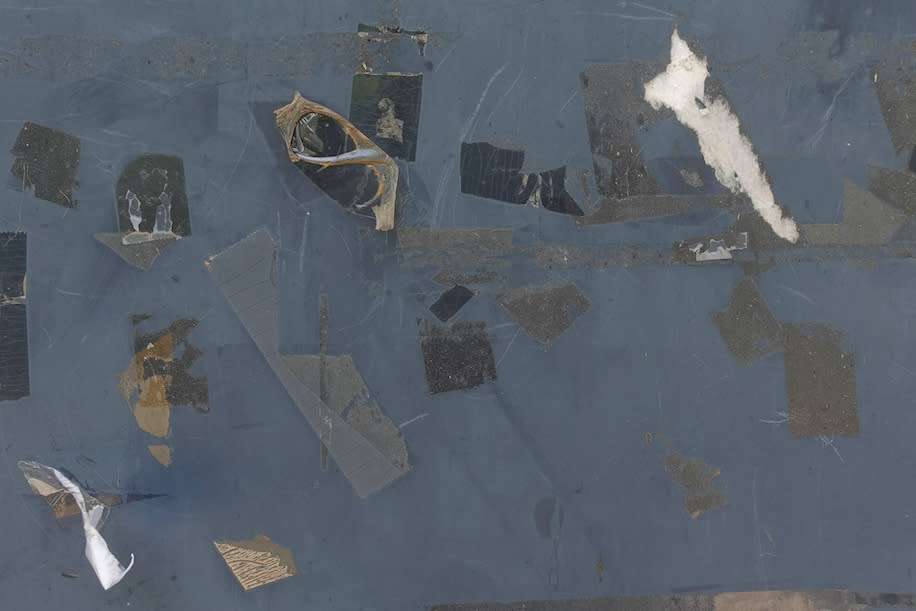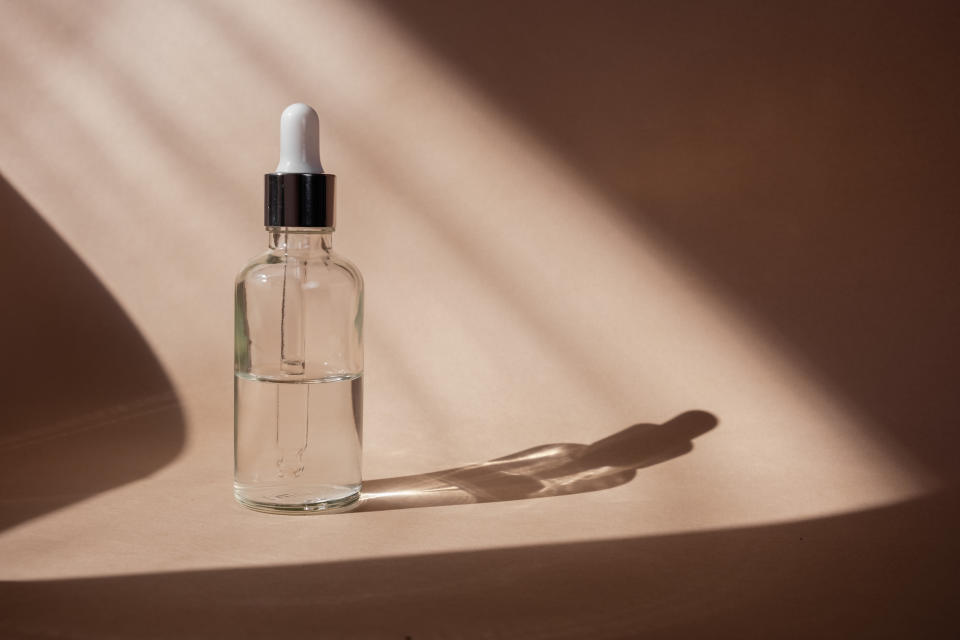One Way To Remove Duct Tape Residue? Use More Duct Tape! House Pro's Genius Trick
Duct tape, also known as cloth tape, can be quite handy for solving a variety of problems. You've likely used in it a pinch to patch a ripped hem on a dress, secure loose wires, label plastic boxes, hold together a broken hammer or more — it's an excellent tool for making quick, temporary fixes. Unfortunately, the sticky residue it leaves behind on all of these items can be far more long lasting. So we asked Angela Brown, host of the daily YouTube Show/Podcast: Ask a House Cleaner who has 32 years of experience as a professional house cleaner, just how to remove duct tape residue from any surface. Read on for her effortless solutions.
Why duct tape leaves behind a residue

Unlike masking tape or Scotch tape, duct tape has a pressure-sensitive adhesive, which means the adhesive bond becomes stickier when you apply pressure to it. “One of the other things that makes duct tape so effective is the stickiness used to withstand extreme temperatures,” says Brown. “It is also the reason some residue may be left behind on some surfaces after the duct tape has been removed."
And while sometimes the tape and the residue come right off, most often, even if the piece of tape easily peels away, there will likely be some sticky residue left behind on the surface on which it was used. in some cases, the threads of the tape remain as well.
Important to note before you start trying to remove duct tape residue, no matter how much or what it's on, advises Brown: Don’t rush the process: “Patience is the key to removing the left behind glue."
For the best solutions to nixing the residue from common surfaces, keep reading!
How to remove duct tape residue from glass
If you’re left with the sticky of remnants of the tape on a window or a glass tabletop, white vinegar should be your go-to. Brown suggests diluting the pantry staple with an equal amount of water, then applying directly to the residue. Let sit for a few minutes so the acids can help dissolve and loosen the adhesive. Next, gently scrape off the residue using a plastic scraper or a razor blade held at a shallow angle (so you don’t scratch the glass). Finish by wiping the area clean. (Click through for the best ways to remove sticker residue from glass.)
An important note: “Avoid leaving vinegar on glass for long periods — since vinegar is an acid, it can etch glass if used at full strength or if left on too long,” cautions Brown.
How to remove it from wood

Peeled the tape off a piece of wooden furniture? You may worry you won’t be able to get it off without damaging the surface. Thankfully, mineral oil (which is safe for wood) can do the trick!
Apply a small amount of the oil to a clean, damp sponge, says Brown, and rub it over the adhesive in a motion that matches the wood grain. Let the oil soak into the wood for a few minutes. It will help soften the residue so that you can gently nudge it off with a plastic scraper and a soft cloth. Finish by cleaning the area with a pH-neutral wood cleaner like Bona Hardwood Floor Cleaner Spray (Buy from Amazon, $7.97).
How to remove duct tape residue from car parts
Duct tape can be handy when putting a sing on the outside of you car or to mask a tear in your seat fabric. But if you pull it off and it leaves residue behind?
“For painted surfaces like the exteriors of cars or fabric seats of a car, a commercial adhesive cleaner is a sure bet,” Brown shares. She recommends 3M General Purpose Adhesive Cleaner (Buy from Amazon, $31.70) “The key is to use the solvent according to the manufacturer's recommendations and test in an inconspicuous area first.”
Another helpful item you may already have laying around that can help remove old adhesive from surfaces like your dashboard? WD-40. (Click through for more uses for Wd40)
See how to use WD40 in the video below:
How to remove the residue from other surfaces
If you find that you’re left with residue after peeling duct tape from a plastic, tile, granite or drywall surface, the answer to removing it is actually more duct tape!
Brown says you’ll want to place a new piece of duct tape over the residue that’s already there, apply a bit of pressure to the tape, and wait a minute so that the new adhesive connects with the old. Then, carefully peel off the new tape. Voila!
“In most cases, this will remove the old sticky gunk below,” she adds. “This process can be repeated until all the residue is gone. The key is to take your time and go slowly so you don't peel off any paint in the case of drywall.”
Residue still not peeling away? For anything that’s not drywall, apply mineral oil and gently scrape the surface with a plastic razor. Then follow up by wiping the area with a clean, damp cloth.
What *not* to do when removing duct tape residue
Though it can be frustrating when you’re dealing with the sticky mess, there are a few things you’ll want to avoid during the cleaning process. First, stay clear of any sharp or abrasive tools as they can damage or scratch surfaces, and avoid using excessive force to try and pry up the residue.
Also smart: “Always follow manufacturer guidelines for cleaning and maintenance, especially for expensive or specialty surfaces like granite, acrylic or fiberglass,” advises Brown. “And remember to exercise caution and test any cleaning method in an inconspicuous area first to ensure it won't cause damage to the surface you're working on.”
For more helpful tips to remove duct tape residue, check out the video below:
For more helpful cleaning hints, keep reading:
How To Deep Clean a Couch: Expert Tips for Getting It To Look Like New
Book Pro: The Easy Secrets to Cleaning Books So They Look and Smell Like New

